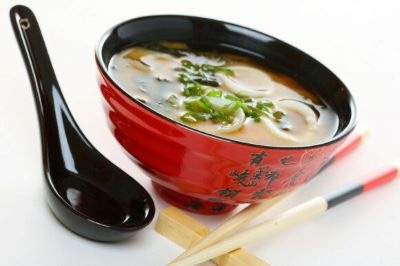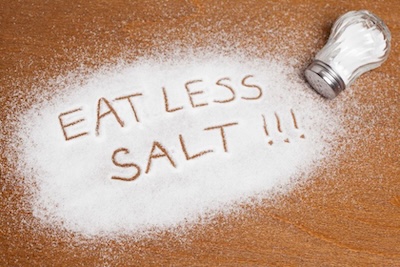
If you have been thinking of lowering your sodium intake, you are not alone. Whether it is for blood pressure, heart health, or general wellness, reducing salt can be a smart move.
But when you cut sodium, food can start tasting a little flat. That is where MSG (monosodium glutamate) can be surprisingly helpful.
Why Reduce Sodium?
Sodium is essential for our bodies, but many people get too much of it.
According to the Centers for Disease Control and Prevention (CDC), the average American consumes over 3,300 mg of sodium per day. That is well above the intake of 2,300 mg or less recommended by the American Heart Association.
Over time, too much sodium may contribute to high blood pressure. Chronically high blood pressure increases the risk of heart disease, stroke, and kidney damage.
Restaurant-prepared foods can be a major source of sodium. So are common foods like breads, savory snacks, and cold cuts and cured meats.
What Is MSG?
MSG is a seasoning made of glutamic acid, an amino acid found naturally in many foods, like tomatoes and aged cheese. Glutamic acid, or glutamate, is what activates our taste buds to detect savory flavors. That savory flavor is also known as umami.
MSG is essentially a purified form of umami, just as salt is a concentrated source of saltiness. It can occur naturally in foods or be used on its own, much like salt.
Why Use MSG to Cut Sodium?
MSG helps cut sodium without losing flavor.
MSG contains about one-third the amount of sodium of table salt. When some salt is left out and MSG is added instead, the overall sodium content of the food is lower. This approach works particularly well in foods that are already somewhat savory.
Additionally, the umami from MSG can help the food taste more flavorful than if the only adjustment was to cut the salt. In some cases, a lower sodium food with MSG added may even taste better than the original.
Five Favorites to Try with MSG for Less Salt and More Flavor
Here are a few homemade dishes where swapping out some of the salt for MSG can make a difference in sodium content:
1. Soups and Broths
 Store-bought soups can contain over half of the daily recommended amount of sodium in one serving. Try making your own at home and replace a third of the salt with half a teaspoon of MSG. You will get a rich savory flavor without the sodium load.
Store-bought soups can contain over half of the daily recommended amount of sodium in one serving. Try making your own at home and replace a third of the salt with half a teaspoon of MSG. You will get a rich savory flavor without the sodium load.
2. Ramen and Noodle Dishes
Instant noodles are notoriously high in sodium. Make your own ramen at home using low-sodium broth and add a small amount of MSG. You’ll get that same satisfying depth without the salt.
3. Salad Dressings and Sauces
Salad dressings, BBQ sauces, and gravies often hide a lot of salt. When mixing your own, experiment by cutting back the salt and including a dash of MSG. The MSG will enhance the other flavors and make low-sodium versions taste more “complete.”
4. Marinades and Rubs
Meat marinades often rely heavily on salt or soy sauce. Try replacing some of that with MSG plus an acid like lemon juice or vinegar for a well-balanced, lower-sodium flavor seasoning.
5. Pasta Sauce
Jarred pasta sauces are often high in sodium. Try making your own with fresh tomatoes and MSG in place of some of the salt.
A Few Tips for Using MSG to Lower Sodium at Home
 Start by swapping MSG for ⅓ the salt you would normally use and adjust as you go. As with any seasoning, balance is key.
Start by swapping MSG for ⅓ the salt you would normally use and adjust as you go. As with any seasoning, balance is key.- A little MSG goes a long way. Use about 1/2 teaspoon per pound of meat or in a dish that serves four to six people.
- Do not completely remove salt. Doing so will result in a dish that tastes like it is missing something. Think of MSG as complementing salt rather than replacing it completely.
Final Thoughts
Lowering sodium intake does not mean having to sacrifice flavor. MSG can be a tool for making tasty reduced-sodium versions of comfort foods.
Related Reading:

 Start by swapping MSG for ⅓ the salt you would normally use and adjust as you go. As with any seasoning, balance is key.
Start by swapping MSG for ⅓ the salt you would normally use and adjust as you go. As with any seasoning, balance is key.